Hemingway - the Leica Q

Introduction
On December 18th last year I received an email from Peter Kruschewski asking whether I was interested in testing a new and promising concept:
“It will be a full frame compact camera with a f1.7 lens with fixed focal length and a full feature package”.
As you can imagine, I was intrigued: The prototype camera arrived on Christmas Eve 2014 and was immediately put to work for our family celebrations. A production model turned up in March (greatly improved on a number of levels). The camera has been a constant companion for six months, it’s been up the Alps skiing, it’s been to pubs and parties, on long country walks and business trips and most recently it’s heading for China (I’m writing this article on the flight to Hangzhou).
My role with Leica is to test the cameras, not to write reviews of them, and it’s important to understand that this is not intended to be a critical review. If I find something wrong with a camera, then I tell Leica. Having said that, this is my work, nobody has suggested what I should write, and I certainly wouldn’t say anything that I don’t believe to be the case or omit anything that seemed to be an issue. Please note, these images were taken with a pre-production camera and in some instances a prototype, so you should not consider them to be representative of the final image quality.
I’m intending to go into a little more detail than usual as I feel this is a particularly interesting camera and a real step forward for Leica and certainly the best digital camera they’ve produced outside the S and M ranges.
Ice Cream Van
ISO 100 1/800th f 5.6
Ribbon Rope
ISO 100 1/800th f 4
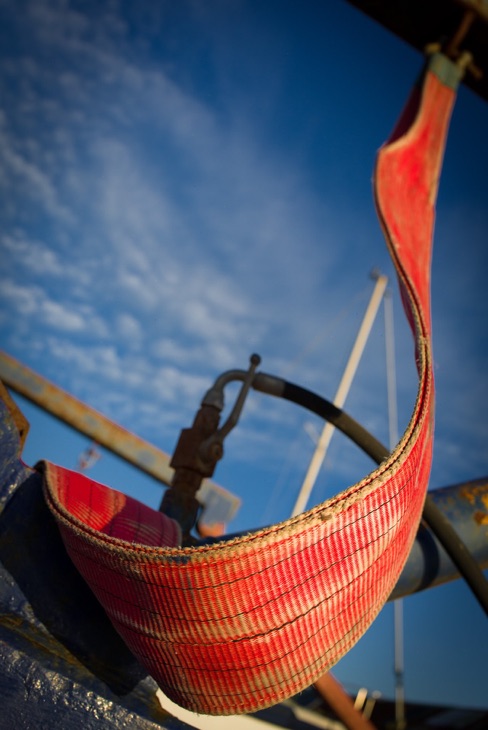
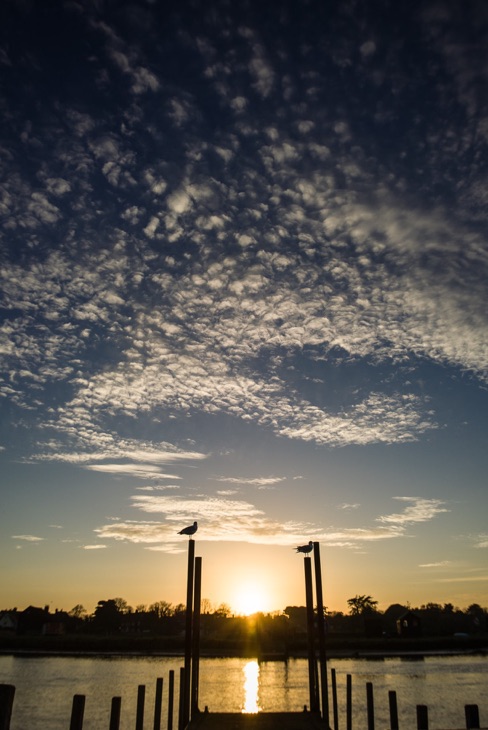
Sunset and Seagull
ISO 100 1/800th f 6.3
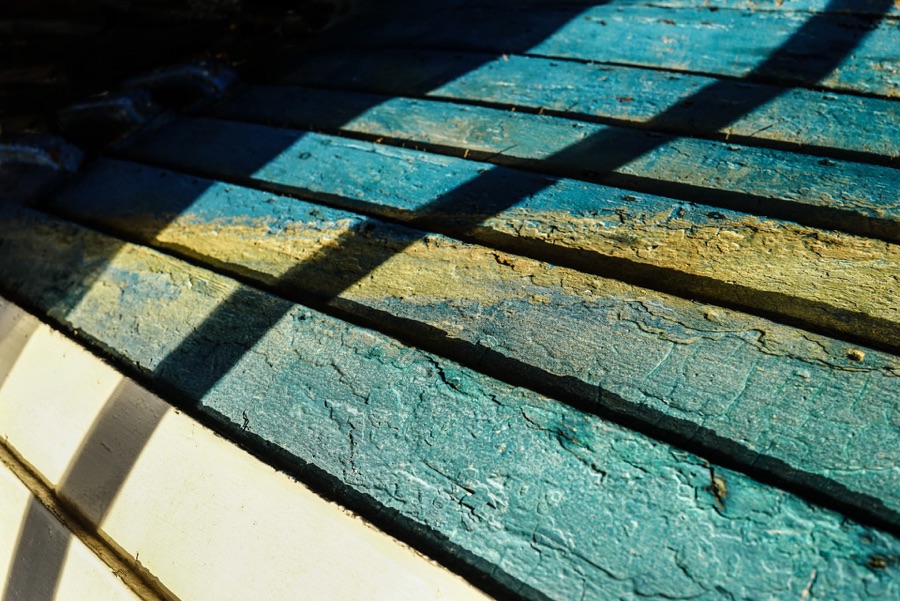
Boat
ISO 100 1/125th f 5.6
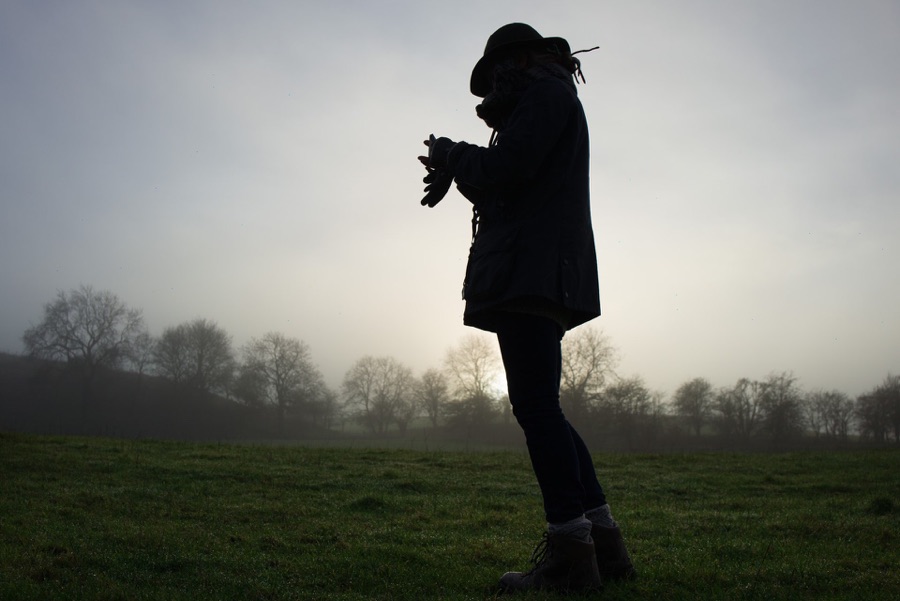
Texting
ISO 100 1/800th f 5
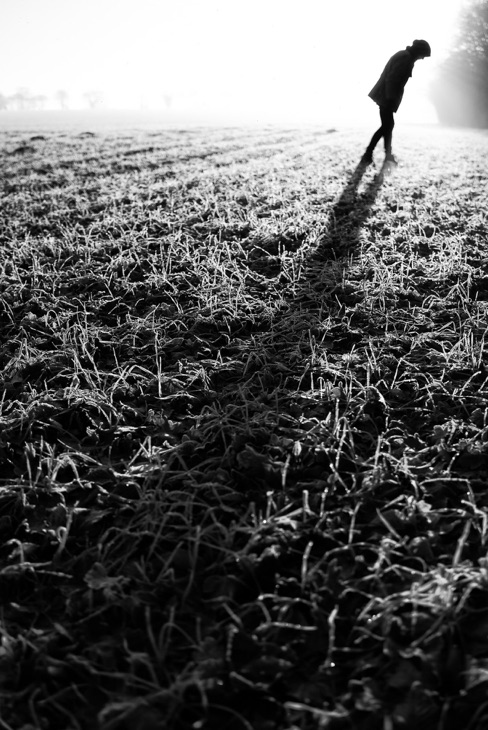
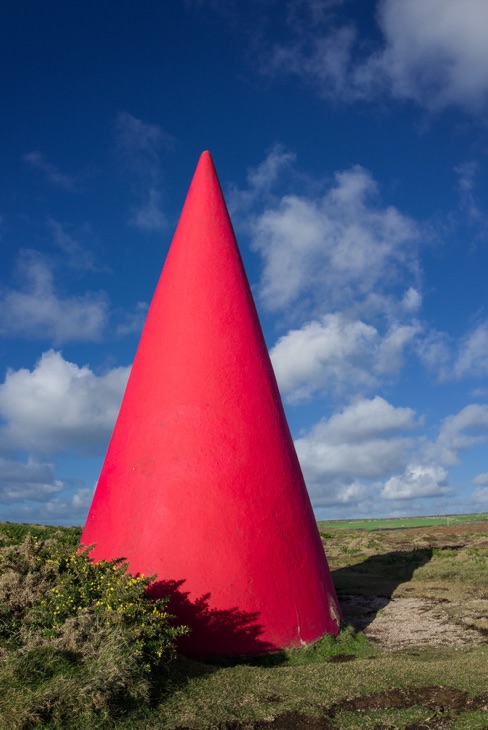
Shadow Lean
ISO 100 1/1000th f 2.5
Red Pyramid
ISO 100 1/800th f 6.3
Lands End with puddle
ISO 100 1/1000th f 4.5
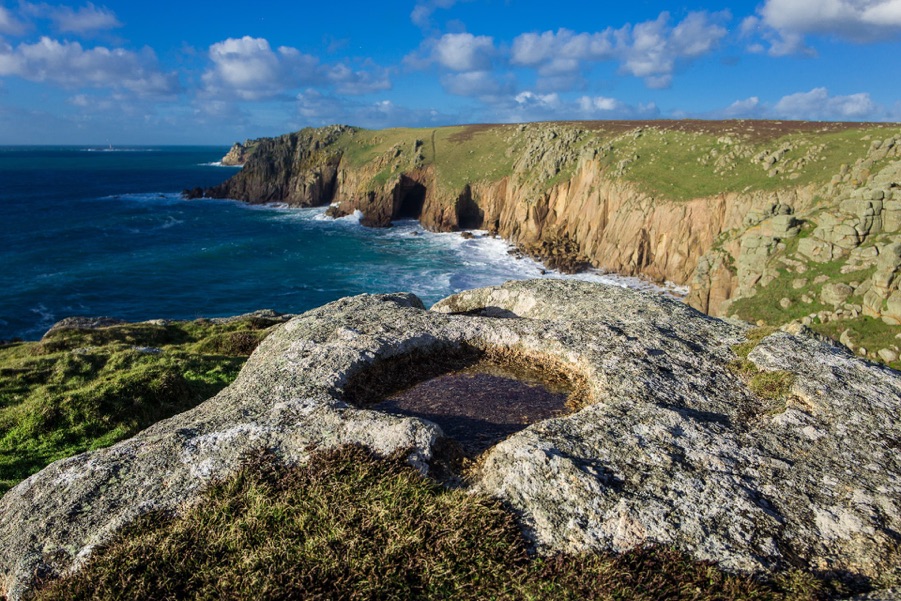
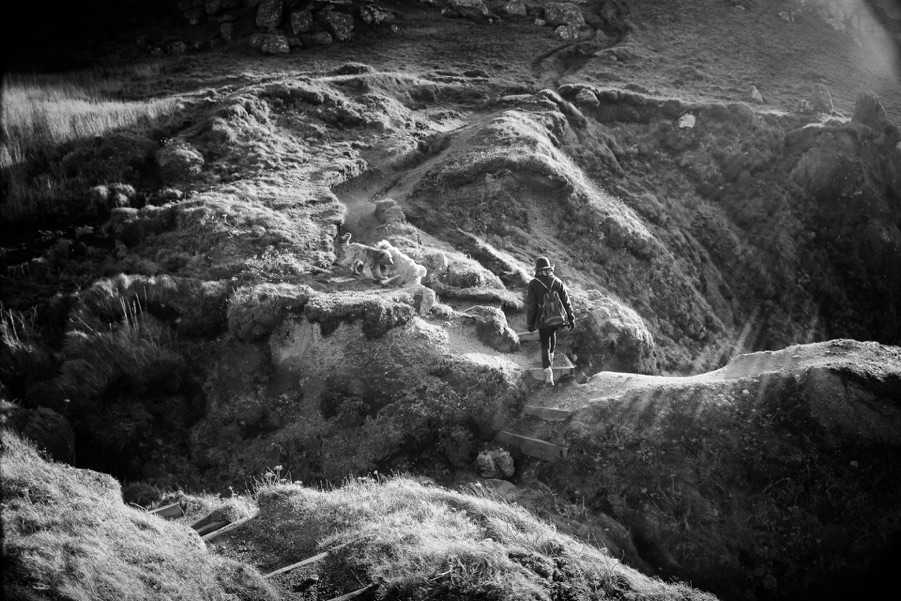
Wasteland and Emma
ISO 100 1/640th f 1.7
Overview
The Leica Q is a relatively compact autofocus camera with a 28mm f1.7 Summilux lens. It has a built in EVF and traditional manual controls for shutter speed, aperture (on the lens like the M system) and manual focus (complete with distance scale). It has hardware based image stabilisation and a full frame 24mp CMOS sensor designed and built exclusively for Leica which was not made by either CMOSIS or by Sony, (at the moment they are not releasing who actually made it) .
Unlike some recent cameras the Q was not designed by the Audi design team, but is an in-house Leica design by young designer Vincent Laine.
The Q has clearly been developed with the successful features of the Leica X cameras in mind. However, this is a very different camera with great improvements both technically and ergonomically. It has obviously been thought about very hard, it hasn't lost any of the traditional features of the X, in fact, in many respects it feels even more traditional, but it's right up to date in terms of features, performance and image quality.
The Body and Controls
The camera is quite light, but feels very solid - it’s no pocket point and shoot, but it’s small enough for a large coat pocket; It’s a little narrower and a little taller than an M6 Classic, fairly comparable in size to the Leica X.
At the top left of the body at the back is the built in EVF, this is a little contrasty to my taste, but it’s high resolution and very responsive with a nicely made hard rubber eyepiece. The dioptre control is a small dial to the right of the viewfinder.
The top plate is reminiscent of the M240, with a shutter speed dial, video button and shutter release with a collar to switch the camera on single shot and continuous mode (although sadly not to self timer).
The back of the camera has buttons on the left and and a 4 way controller with a central info button on the right of the high resolution touch screen LCD. There is an indent for your thumb, with a control dial - again, broadly similar to the M240.
The buttons on the left are:
-
•Play
-
•Delete
-
•Fn
-
•ISO
-
•Menu
There is also a programmable button just to the left of the thumb indent.
The function button can be programmed in the menu - or by holding the button down for 2 or 3 seconds, the options are:
-
•White Balance
-
•Exposure Compensation
-
•Scene Mode
-
•File Format
-
•Exposure Meter mode
-
•Wireless LAN
-
•Self Timer
The unlabelled button on the left of the thumb grip can be programmed in the menu to be:
-
•Digital Zoom (more on this later)
-
•AEL/AFL (Auto Exposure and Auto Focus Lock)
-
•AFL (Auto Focus Lock)
-
•AEL (Auto Exposure Lock)
The menu system is also reminiscent of the M240, pretty straightforward, and better still, for most situations there really isn’t any need to use it!
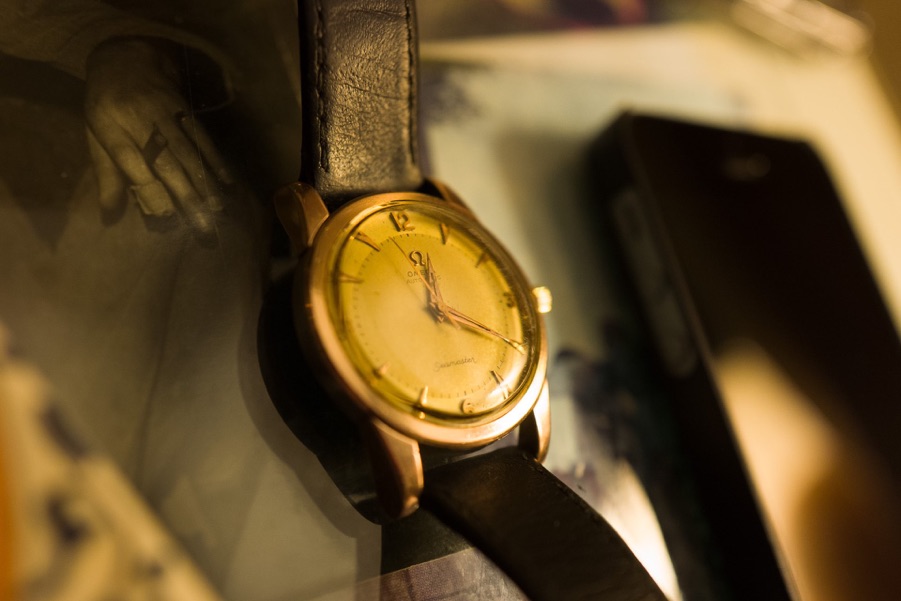
Seamaster
ISO 800 1/60th f 2.8
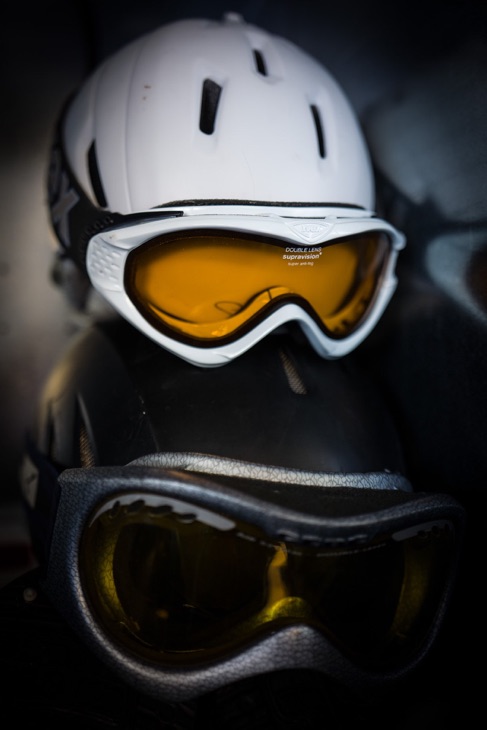
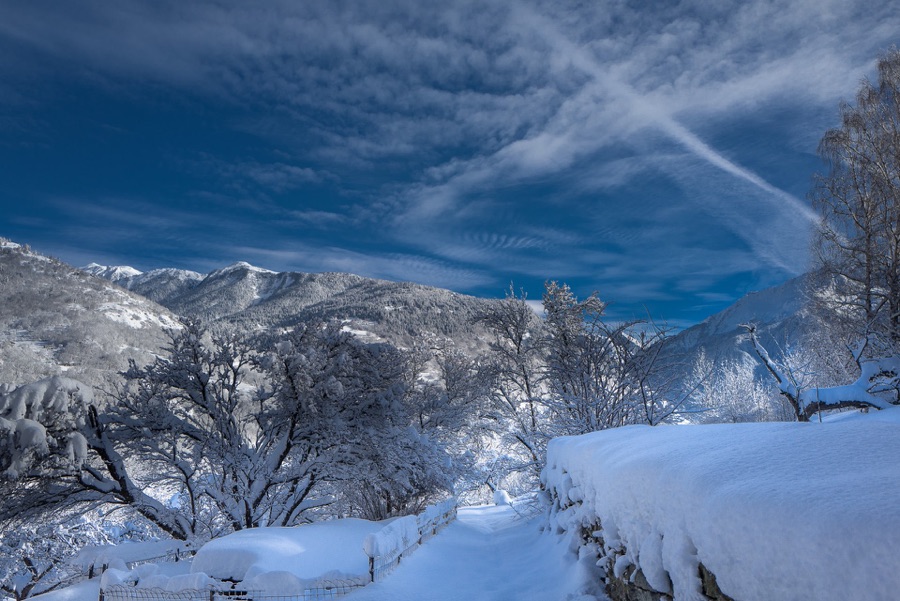
Criss Cross 1
ISO 100 1/800th f 5.6
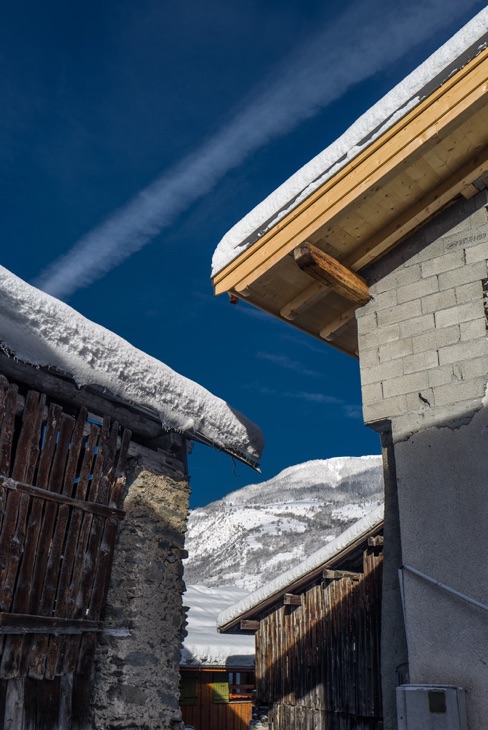
Goggles
ISO 100 1/100th f 1.7
Criss Cross 2
ISO 100 1/1000th f 5.0
The Lens and Controls
The lens is a masterpiece of coherent design. There are three control rings (none of them programmable)
At the front of the lens is the Aperture ring, just like any M lens, and just where it should be.
In the middle of the lens is the Focus Ring, with a proper distance and depth of field scale running from 0.3 metre to infinity. There is a traditional focus tab with a small button on it which enables the move from Auto Focus (firmly click stopped just beyond infinity) to manual focus. By default manual focus zooms in to aid focusing, and the camera does have focus peaking.
At the camera side of the lens is the Macro setting. This is infinitely satisfying: Turning to macro mode slides the distance scale forwards, replacing it with a macro scale setting. Macro mode goes from 0.17 metre from the sensor plane (that’s about 6cm from the front element) to 0.3 metre. The widest aperture in macro mode is f2.8 so as to maintain the image quality of the lens, however, as you can see from the attached photos it’s very possible to limit the depth of field at close range.
It’s hard to convey how satisfying this layout is, immediately familiar to any M user, with a simple and natural change to macro mode and autofocus.
Performance
For street, candid and reportage photography the most important thing is to be able to catch the instant in the most difficult conditions, I feel that any camera which gets in the way of this is not up to the job.
The startup (and wakeup) time with the Leica Q is less than a second, and it's exactly the same with the EVF to your eye. Blackout time when taking an image is almost imperceptible. Shot to shot times in single shot mode are really fast (from a practical point of view you can just keep on shooting). The buffer fills with about 12 quick fire shots after which you can continue shooting at roughly 1 frame per second whilst the buffer clears.
The auto-focus is extremely fast and accurate – even in low light . If you prefer to manual focus, then you simply turn the focusing ring. The distance scale makes it easy to see what you have set (and of course this is retained when you turn the camera on and off). The Aperture ring is in the right place (just in front of the focusing ring). Combined, this makes zone focusing as easy as it can be.
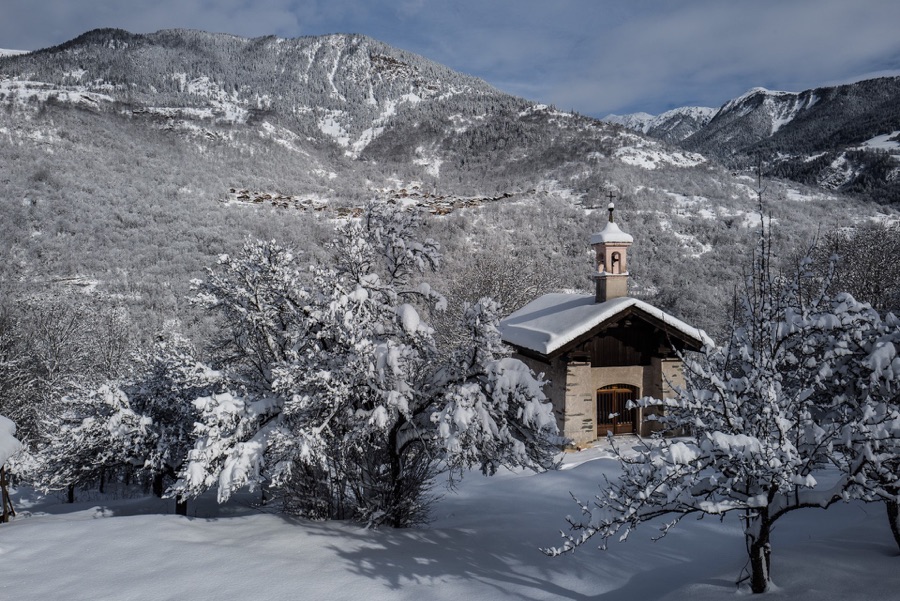
Courcheval
ISO 100 1/800th f 8
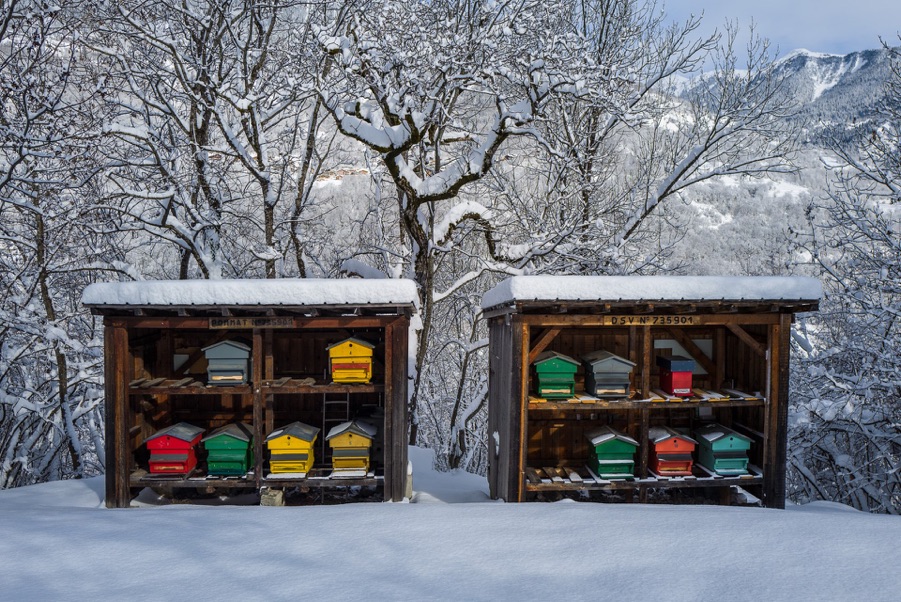
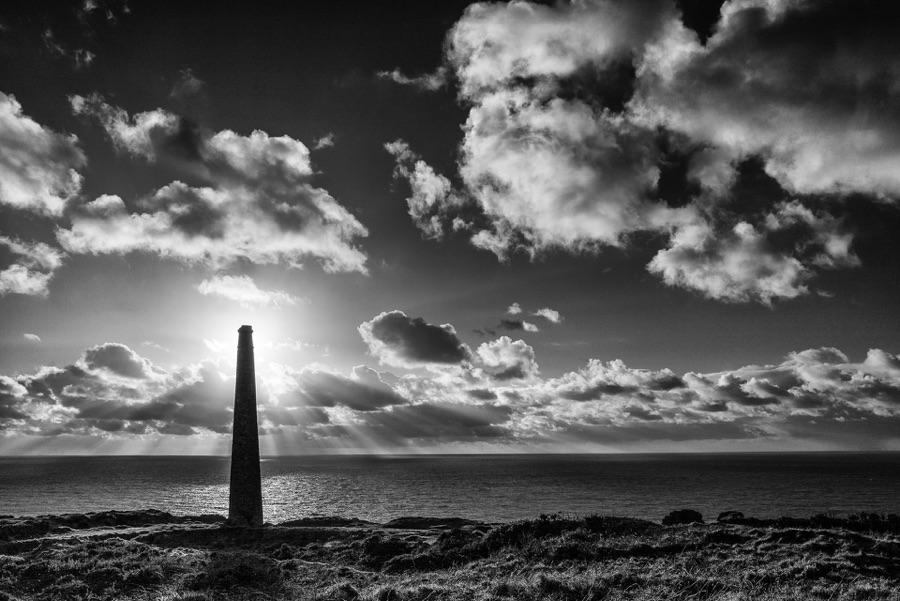
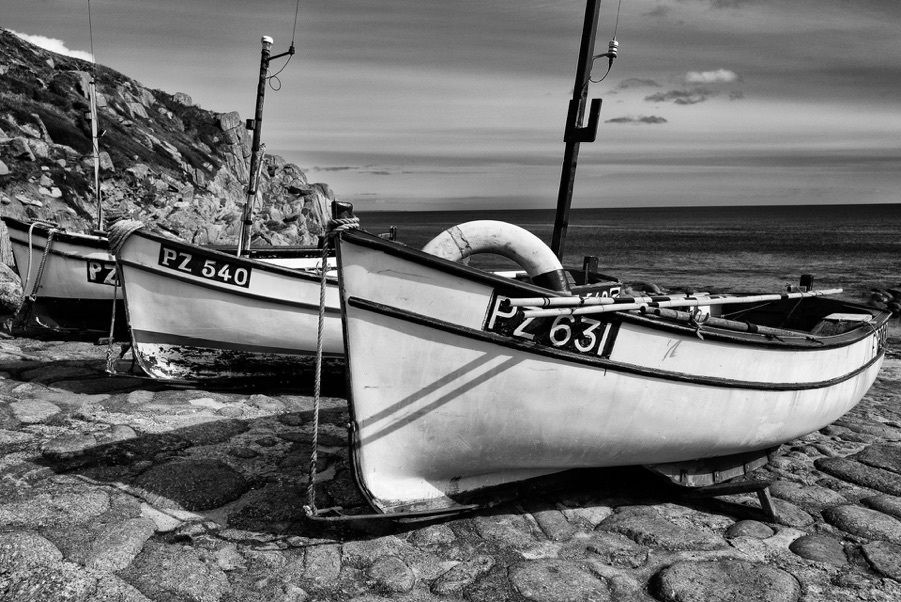
Bee Hives
ISO 100 1/800th f 4.5
Botallack mine
ISO 100 1/6400th f 6.3 (electronic shutter)
Penberth fishing boats
ISO 100 1/800th f 6.3
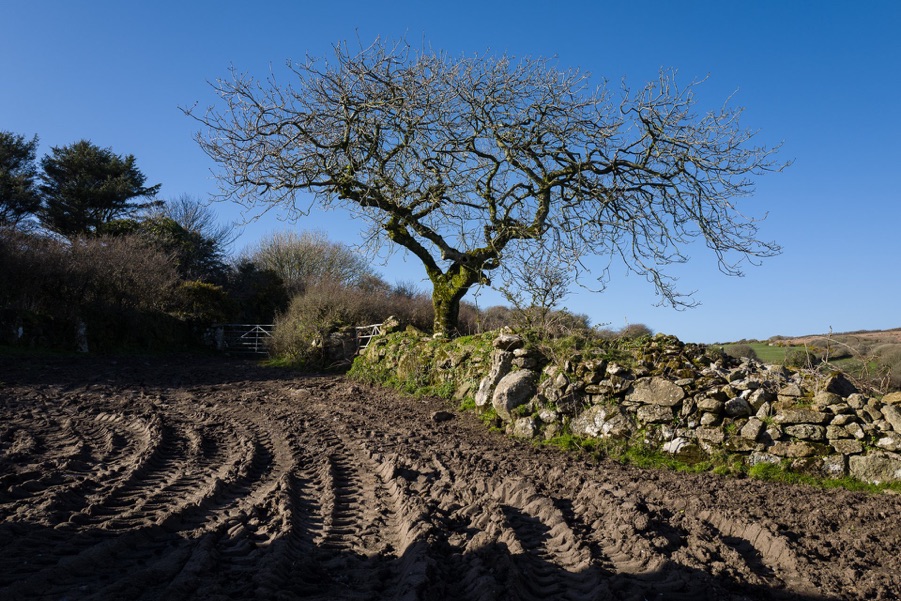
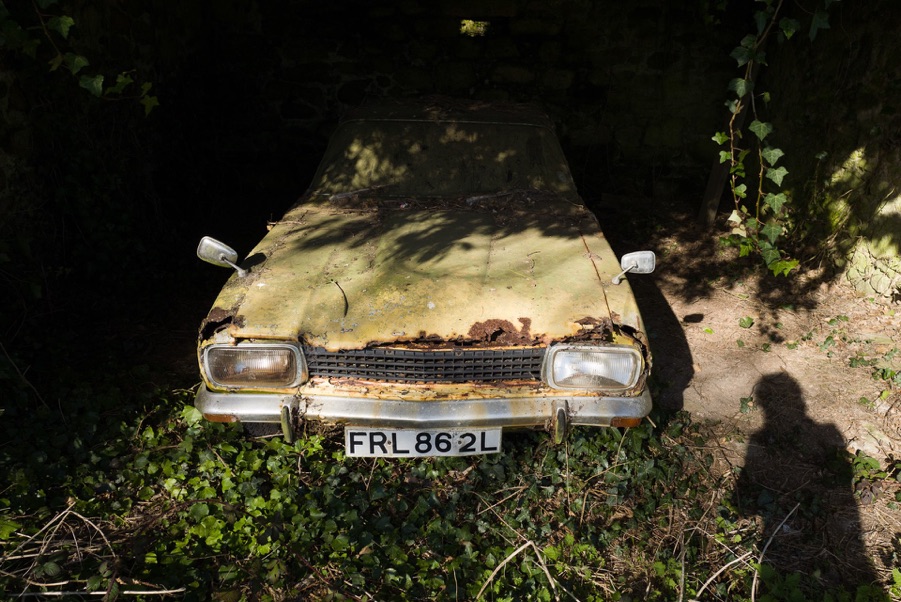
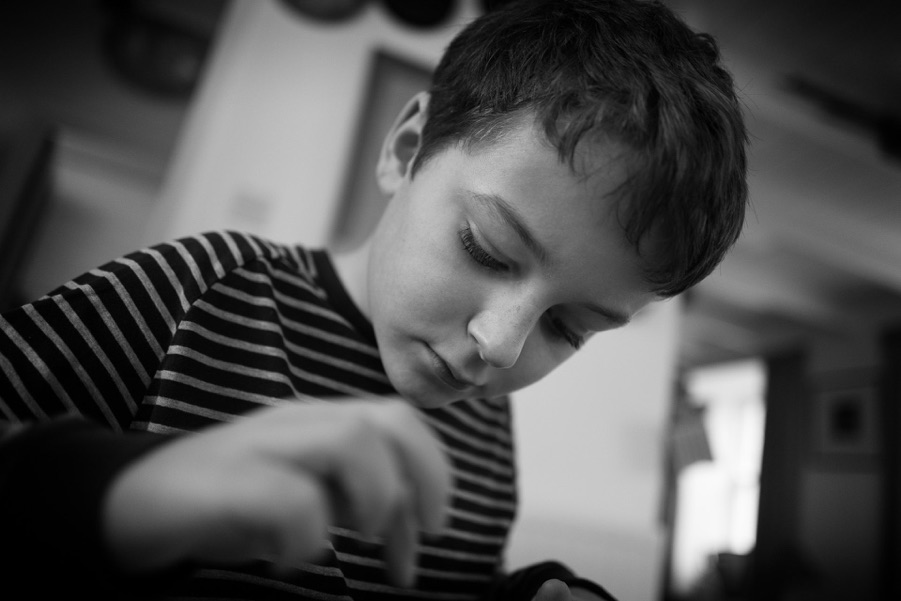
Tree and Plough
ISO 100 1/400th f 6.3
New Motor
ISO 100 1/250th f 5.6
Concentration
ISO 1250 1/250th f 1.7 (using 50mm framelines)
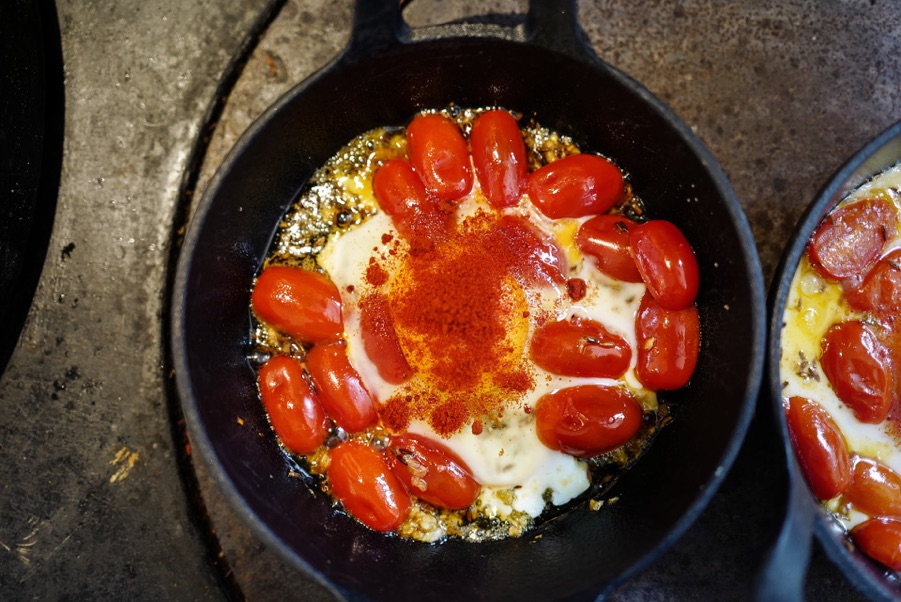
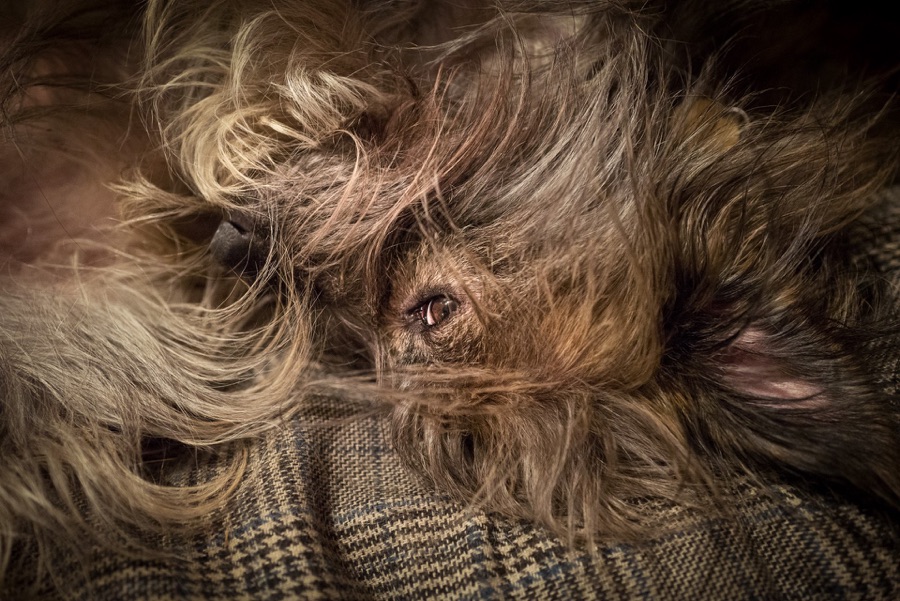
Breakfast
ISO 500 1/60th f 1.7
Matty
ISO 6400 1/60th f 2.8
Image Quality
This lens is a real cracker, it has a little lens curvature, but it’s sharp from corner to corner at all apertures and all distances. I’ve been testing it in conjunction with the Leica 28mm Summilux Asph, and it holds up really well against this excellent lens (which costs as much as the Q with it’s lens). It has excellent bokeh, soft and satisfying without the nervousness often associated with wide angle lenses.
The camera has a base ISO of 100, with (roughly) 1 stop increments up to 50,000 ISO together with Auto ISO which allows you to set a minimum shutter speed and a maximum ISO (I have it set to 12,500).
I’ve done formalised high ISO tests against the M9, the M240, the X113 and the Sony A7 mark 2. I was expecting to find that the camera performed better than all the older Leica cameras but I was really surprised to find it performing notably better than the Sony from 1600 ISO and up to the Sony maximum of 25600 50,000 ISO is for emergency only, but it is still quite usable. Sean Reid at www.reidreviews.com has also done comparisons with the Sony RX1r and other cameras.
The colour is very much Leica, and the images are very sharp with excellent (but not brutal) micro-contrast. Reviewing the thousands of images that I’ve taken over the last six months has been a real pleasure, I’ve been continually impressed at what a great job the little Q has done.
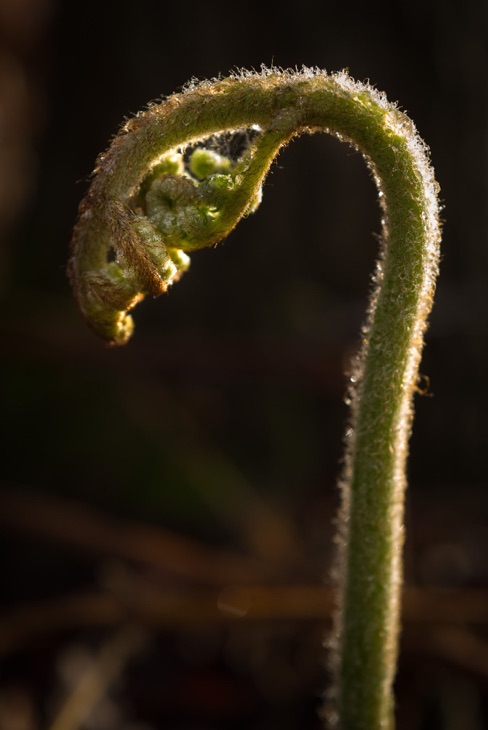
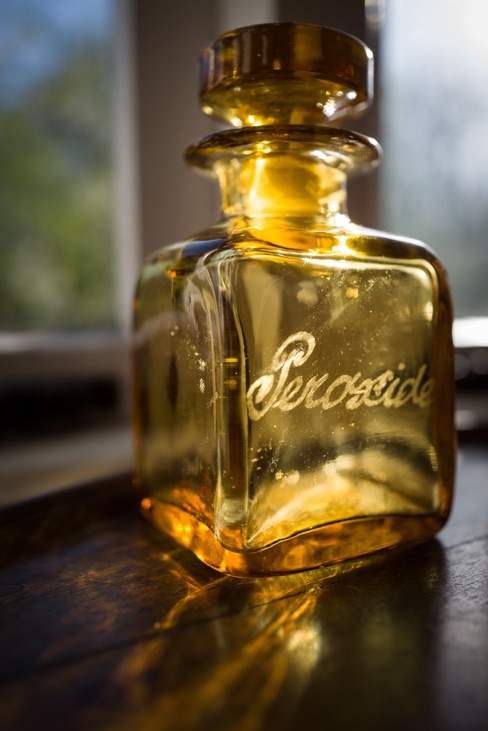
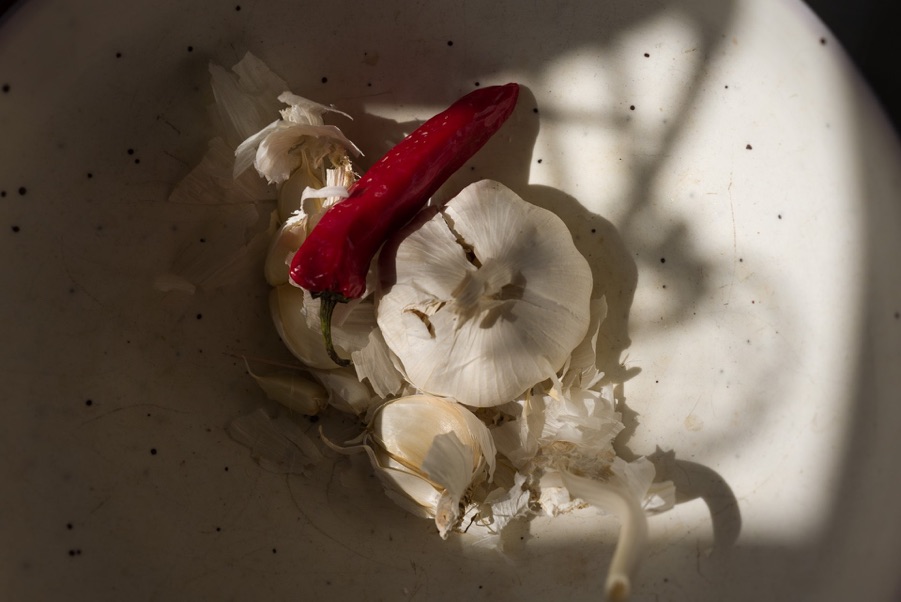
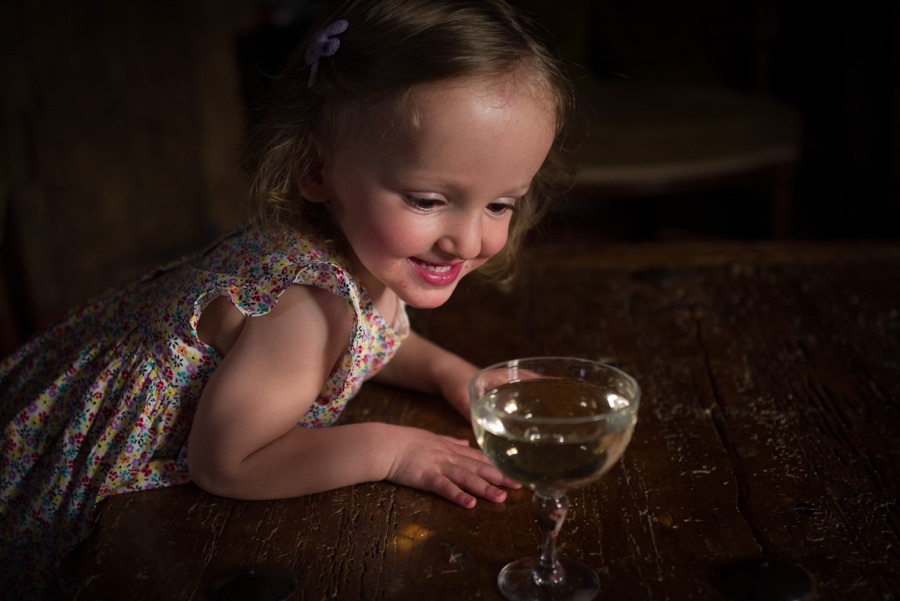
Garlic and Chilli Pepper
ISO 100 1/1000th f 5.6
Birthday Party
ISO 640 1/125th f 1.7
Special Features
Electronic Shutter
The mechanical shutter on the Leica Q is really quiet, it goes up to 1/2000 second. However, if your image will be over-exposed, the electronic shutter cuts in automatically and will increase the shutter speed up to 1/8000 second; in this case it’s effectively silent. It would be nice if this could be an option at lower shutter speeds (I’ll be pestering to be sure!).
Digital Frame Selector Mode
The camera has a 'Digital frame selector' mode – you can use the function key to toggle between 28mm (24mp) 35mm (15mp) and 50mm (8mp); the viewfinder doesn't change it's aspect ratio, but it has framelines showing the chosen focal length; very familiar for M users.
If you shoot DNG+jpg, then the jpg will reflect the digital zoom, but the DNG will be full frame. If you use Adobe Lightroom, then the DNG file is automatically cropped to the chosen focal length, but clicking on the crop tool will allow you to re-frame or revert to the full sized full frame image. This really is very cool.
“Digital Zoom” is a bit of a dirty word, but this is a clever idea, and it’s well implemented. When shooting pictures of people it’s helpful to have framelines for 35mm or 50mm, and even more helpful to be able to change your mind about the cropping after the event! (the jpg files are fine, but surely you’re going to shoot DNG with a camera like this?).
Video
I’m afraid I haven’t used the video much - it really isn’t in my comfort zone, suffice to say that the camera does not do 4k, but it does to 1080p at 60fps with the option of taking stills. I’m afraid you’re going to have to look elsewhere for a real assessment of the video capabilities.
Touch Screen
The Leica Q has a touch screen. In the spirit of Leica it’s functionality is limited to the necessary. In playback mode it recognises the standard gestures we’re all so familiar with. You can also choose to touch focus, and there is a touch shutter mode where touching a point on the LCD screen will focus on that point and take an image.
Emergence
ISO 100 1/160th f 2.8 (macro mode)
Peroxide (macro mode)
ISO 100 1/1000th f 3.5 (macro mode)
28mm?
There are a number of high quality 35mm fixed focal length lens cameras on the market, including several Leica X cameras and the Sony RX1 range. The only 28mm camera is the excellent Ricoh GR (APS/c) camera, which seems to be universally loved for it’s interface and excellent image quality.
At first sight 28mm might seem a bit of a challenge, but the 24mp sensor with excellent resolution and no AA filter means that cropping to 35mm still gives you 15mp. Of course, a 35mm lens cannot give you a 28mm field of view!
It takes a little time to get used to using 28mm as your primary focal length, but I’ve found it to become increasingly inspiring. Having said that, I’d love to see a sister camera with a 50mm summilux lens and digital frame selectors for 75mm and 90mm!
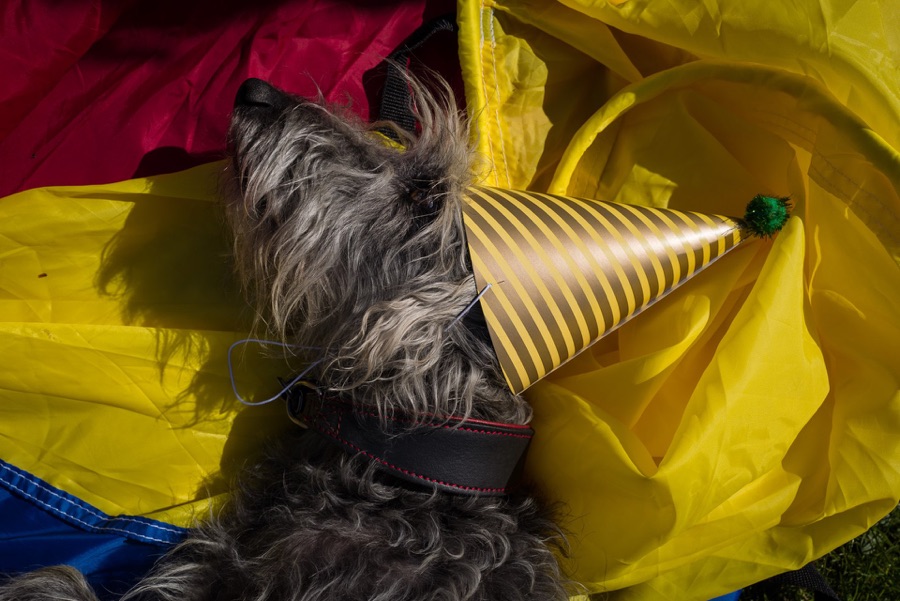
Party Spirit and Milo
ISO 100 1/800th f 8
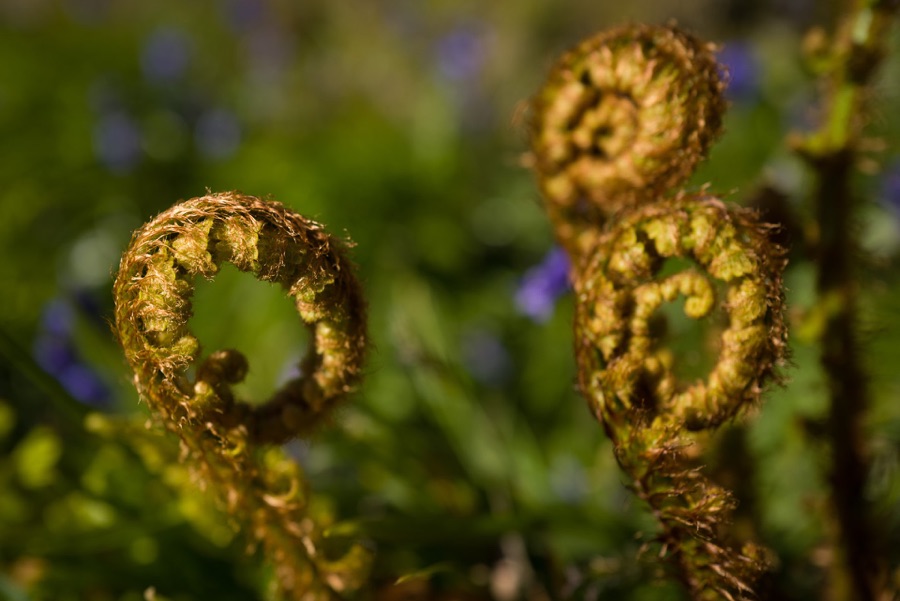
Fern (macro mode)
ISO 100 1/800th f 3.5
The perfect companion for an M?
Hemingway’s control layout almost exactly mimics that of the Leica M, and it makes a really lovely lightweight companion for any M shooter.
When travelling I need a small, light camera with great image quality. Over the last few years many different cameras have come and gone, these days the image quality is often fine, but never as good as my faithful Leica M cameras.
So these compacts have remained unused for a while and then made their way to an auction site. The Q is quite different; it’s tough and lightweight and very easy to handle. More importantly it doesn't require any sacrifice in usability or image quality, and it behaves fundamentally just like the M cameras I love shooting with.
Conclusion
The only obvious competitor for the Q is the Sony Rx1r. The Q is a little larger, but it seems to be superior in pretty much every other respect: Distance scale on lens; elegant MF/AF solution; built in electronic viewfinder; fast startup and operation times; faster lens; better macro mode, much faster auto focus.
More than that, the Q is a real photographer’s camera; under normal circumstances there is no need to delve into menus; all the controls are at your fingertips and visible with the camera away from your eye. The macro feature and the frameline option means that the camera really can cover all the bases as a travel camera.
In the same way as the Leica M cameras, the Leica Q does not get in the photographer's way, it allows you to work without intruding and the shot to shot performance is just excellent. I can honestly say that since the production level camera arrived in March I haven't lost a single shot for which I can blame the camera.
With Hemingway Leica have proved that they can do better than keeping up with the opposition; they can design and manufacture a cutting edge camera which performs on all levels. I think that the Q represents Leica’s coming of age in the digital era. It’s hard not to seem over enthusiastic about this excellent little camera. I’m sure that it’ll soon be recognised as a classic.
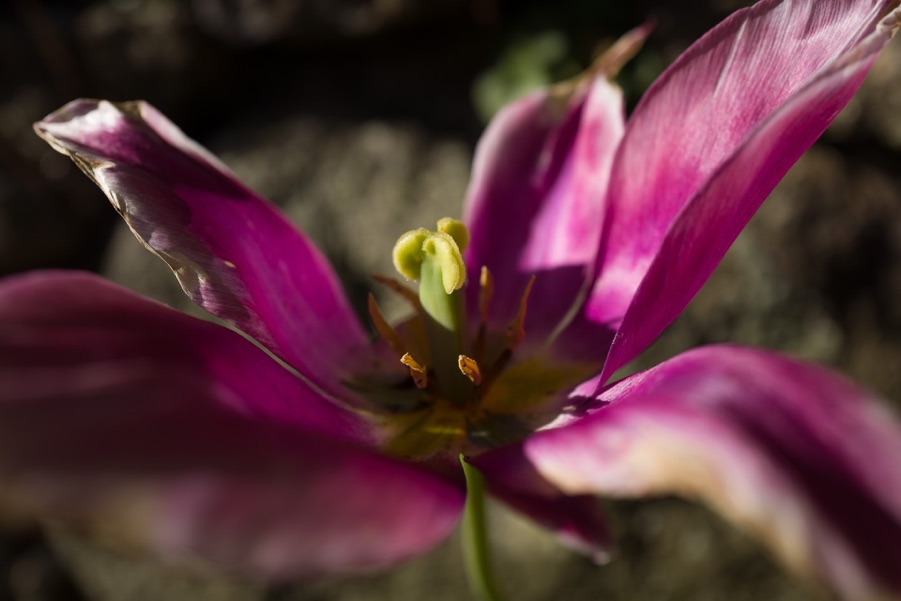
Tulip (macro mode)
ISO 100 1/800th f 4
Links
Sean Read www.reidreviews.com
Sean and I have been testing the Q since Christmas time - we have communicated and compared notes extensively. He will be publishing an extensive review including comparisons with the Sony RX1R and the M246 and later on two field tests.
Ming Thein www.mingthein.com
Ming’s reviews are always well worth reading and he has been testing the Q and will be publishing his feelings either now or in the very near future.
David Farkas http://www.reddotforum.com
David from Leica Miami will be producing one of his thorough reviews of the camera either on the release date or shortly afterwards.
Emma Slack Cancer Research donation page
My wife, Emma Slack, Is doing the 12th Annual Pink Ladies Tractor Road Run in aid of Cancer Research (more at the bottom of the page)



If you enjoyed this article you might like to make a donation to Cancer Research
My wife, Emma Slack, Is doing the 12th Annual Pink Ladies Tractor Road Run in aid of Cancer Research
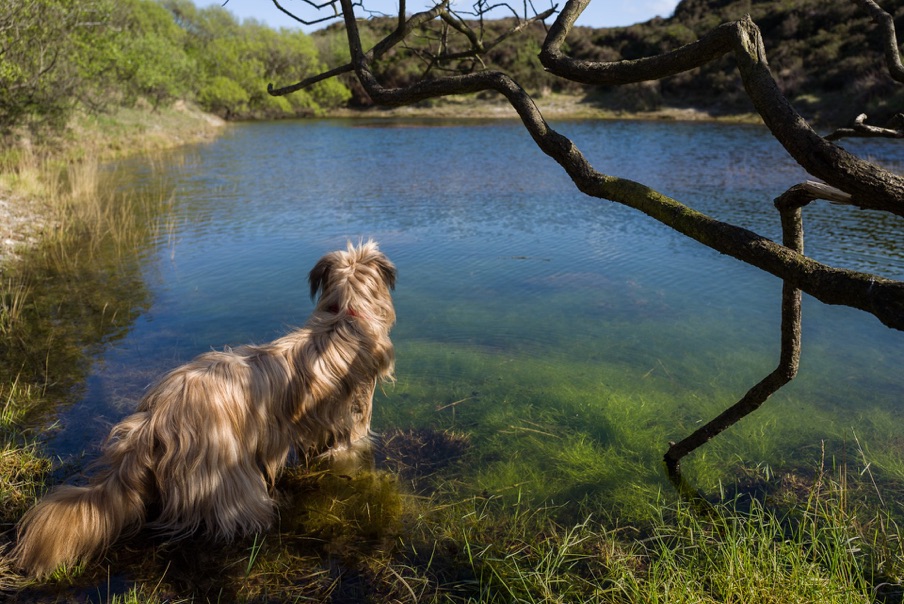
Caspar and Clay Canyon
ISO 100 1/640th f 4.5
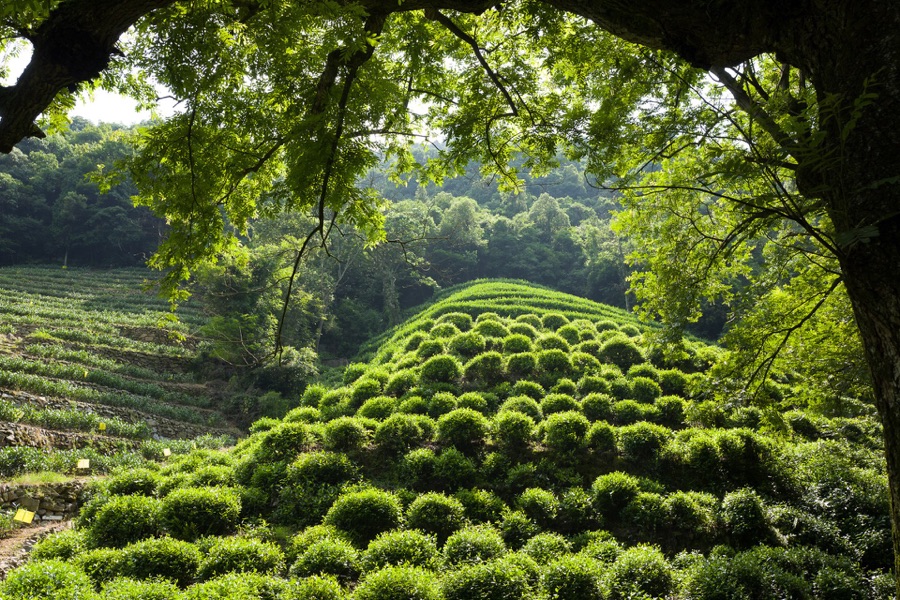
Longjing Tea Fields - Hangzhou - China
ISO 100 1/60th f 8
Watch this space
I’m currently putting the Leica Q through it’s paces in China, and there will be more thoughts and pictures in part 2 later on in June. Pictures from several places - including the tea fields of LongJing (taster below).

